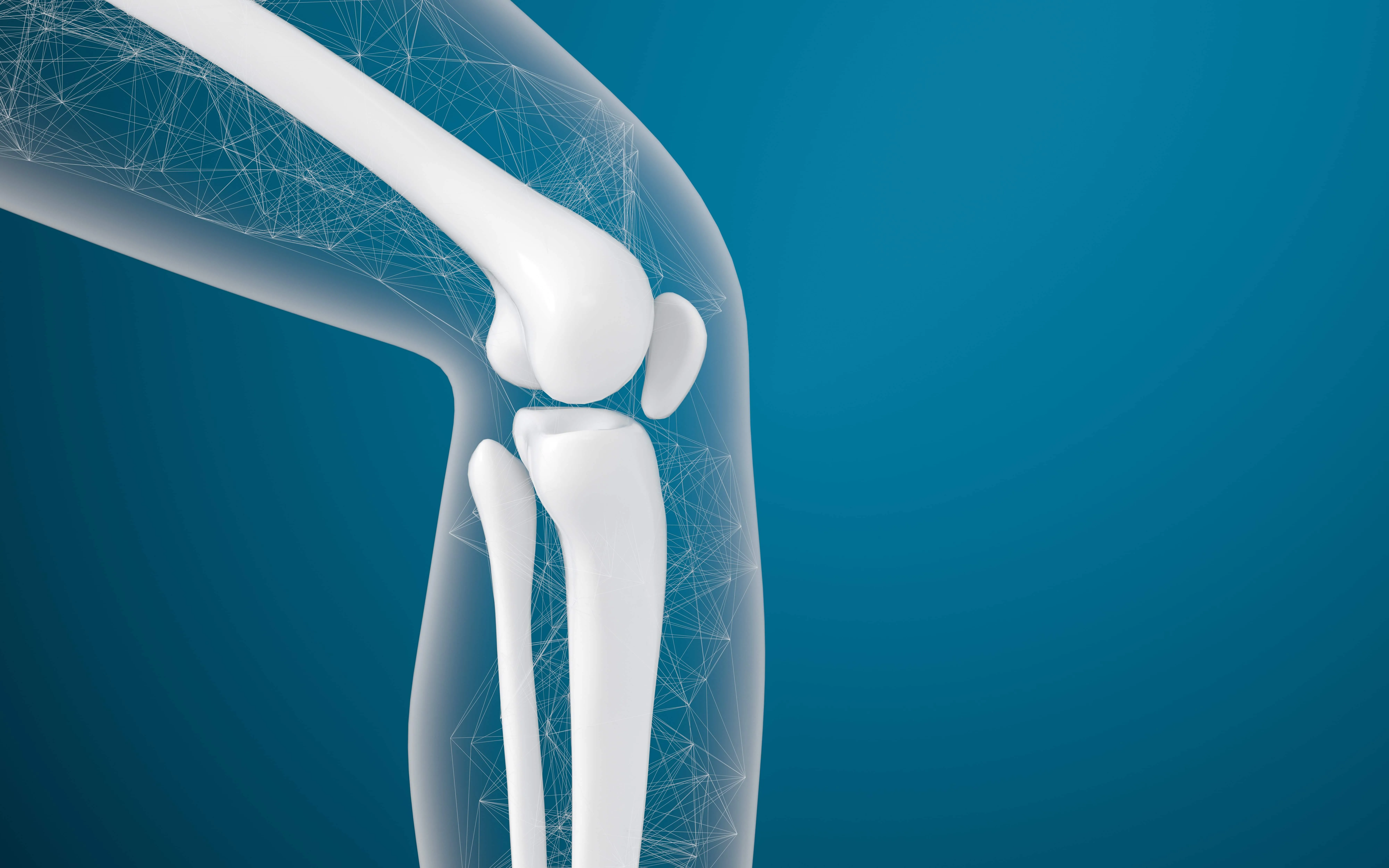
Image © Jian Fan
One of the challenges for assessing function of the foot and lower limb, especially in medico-legal examinations, is determining normal function. What has become clear within the scientific literature is that each of the joints within the foot demonstrates motion in all three body planes and that the amount and direction of motion shows great variability between individuals¹. In addition, walking is not determined by foot structure and function alone, with the role of the hip and pelvis in driving foot function becoming increasingly apparent². This clearly has implications for assessing function of the foot, ankle, leg, knee, hip and pelvis.
Commonly, visual analysis is used as a simple clinical tool but remains subjective. Video analysis allows a more detailed evaluation and whilst some basic measures can be taken, reliability remains low and it is not possible to assess rotations of the leg, hip, knee and ankle.
Traditionally, more advanced techniques have been the remit of sophisticated gait laboratories but are now increasingly available in the clinical environment. The use of a force platform, or insoles with force sensors, allows the assessment of the forces underneath the foot and is particularly helpful for assessing the impact of injury and surgery to the lower limb on foot function. For instance, the impact of an arthritic joint, a joint fusion or prosthesis on foot loading can be accurately assessed³. Whilst this does provide objective information relating to the force and pressure beneath the foot, there is still some subjectivity in interpretation. Click this link for an example case of a patient with an arthritic big toe.
The use of reflective markers, which can be tracked by infra-red camera (similar to the technology used for animation in Hollywood), allows extremely accurate and highly reliable assessment of the function of the pelvis, hips, knees and ankle. This allows assessment of the effect of injury or surgery to these sites as well as the joints distal and proximal to the joint and the contra-lateral limb.
Newer technology and software development has allowed for quicker analysis of this information and, by comparing an individual’s values statistically to a database of uninjured subjects, greater objectivity regarding function can be determined⁴.
It has been our experience of combining these assessment techniques that a more global assessment can be made of an individual’s function and the effect of either proximal (i.e. pelvis and hips) on distal (i.e. knee, ankle and foot) function or vice versa.
This information can be extremely helpful in both personal injury and medico-legal cases as it can provide objective information on altered function and load following injury or surgery and help to guide potential treatment. More information can be found here.
References:
¹. Nester CJ, Jarvis HJ, Jones RK, Bowden PD, Liu A, Movement of the human foot in 100 pain free individuals aged 18-45: implications for understanding normal foot function, JFAR 2014, 7:51
². Preece SJ, Graham-Smith P, Nester CJ, Howard D, Hermens H, Herrington L, Bowker P, The influence of gluteus maximus on transverse plane tibial rotation, Gait & Post 2008, 27:616-621
³. Van Gheluwe BV, Dananberg HJ, Hagman F, Vanstaen K, Effects of hallux limitus on plantar foot pressure and foot kinematics during walking, JAPMA 2006, 96(5):428-436.
⁴. Ullrich B, Stening J, Pelzer T, Raab J, Long term data of gait characteristics and moment-knee angle relations in female total knee arthroplasty patients, Cl Bio 2015, 30:462-468